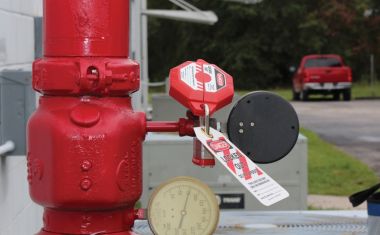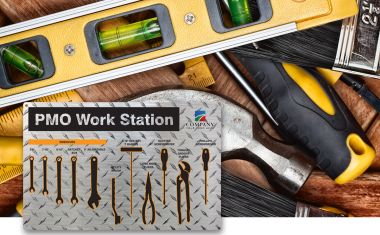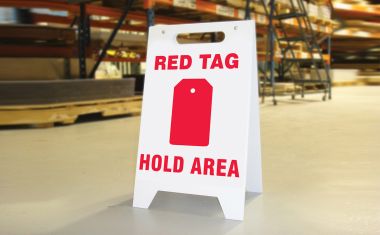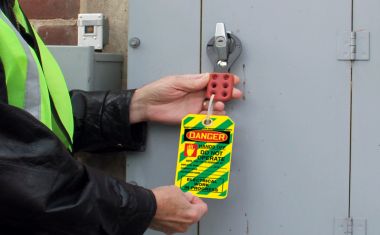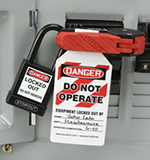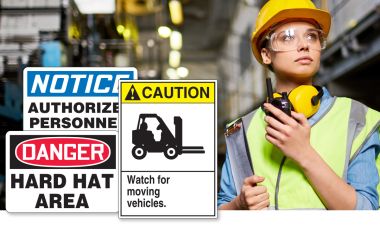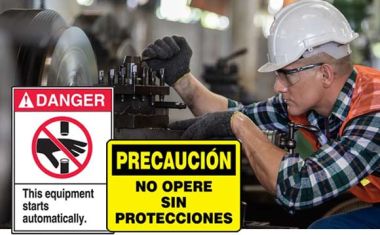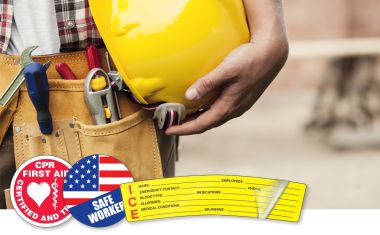Key Takeaways from OSHA’s New Crane Standard
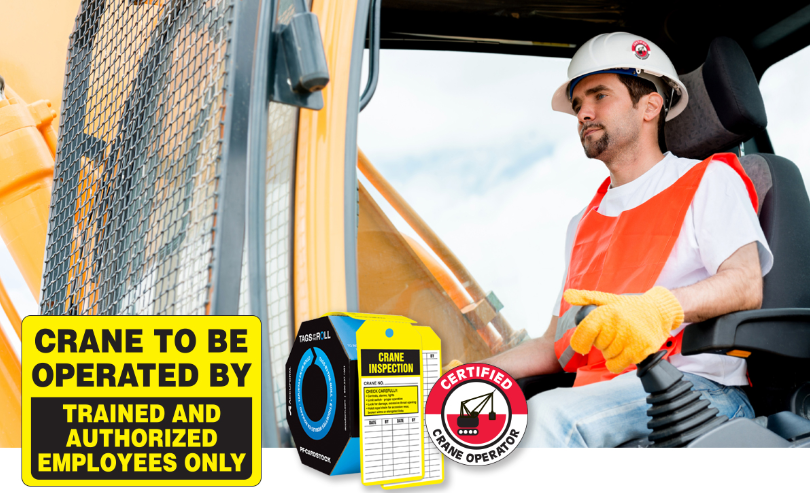
For crane and derrick workers, the long-anticipated updates to OSHA’s final rule for operator qualification couldn’t come quick enough.
The final rule will reduce compliance burdens while still maintaining safety and health protections for workers.
Under OSHA’s new crane final rule, employers are required to train operators as needed to perform assigned crane activities, evaluate them, and document successful completion of the evaluations - by December 9th. The requirements for employers to evaluate crane operators and document those evaluations will go into effect on February 7, 2019, per (OSHA).
The new final rule revises a 2010 requirement that crane operator certification must specify the rated lifting capacity of cranes for which the operator is certified.
OSHA created the final rule to clarify requirements and ensure the capability of crane operators through training, certification or licensing, and evaluation on November 9, 2018. The rule maintains the employer’s duty to ensure that crane operators can safely operate the equipment and maintain safety and health.
Be ready to identify certified crane workers by December 9, 2018.
Who needs to be certified or qualified?
Per OSHA, any person engaged in a construction activity who is operating a crane covered by the new cranes and derricks rule, except:
- Sideboom cranes*
- Derricks*
- Equipment with a rated hoisting/lifting capacity of 2,000 pounds or less*
- *Operators of the listed equipment must meet the criteria for minimum expertise described in the applicable section in subpart CC.
What are the new requirements for crane workers?
New OSHA requirements for crane and derrick operators include but are not limited to:
- Prior training. Employers who have evaluated operators prior to December 9, 2018, will not have to conduct those evaluations again, but will only have to document when those evaluations were completed.
- Minimum requirements for determining operator competency. Operators of cranes and derricks in construction-related activities are subject to the new final rule.
- The employer 3-Step process to “qualification.” Paragraph (a) in subpart CC of 29 CFR 1926 clearly defines the employer’s responsibility to ensure that their operators are qualified to operate equipment (cranes and derricks) without continuous supervision. This responsibility can be summarized as the employer’s duty to train, certify or license, and evaluate operators. According to OSHA, the three-step process to train, certify or license, and evaluate operators is how the regulatory text defines qualification. The revised language in the new Final Rule clarifies confusion from the previous standard, specifically making clear distinctions between certification and evaluation.
- Operator training. The Final Rule calls for employers to train and evaluate operators when needed as required steps in the process to ensure safe crane operation.
- The rule also requires crane operators to be certified or licensed, and receive ongoing training as necessary to operate new equipment.
- Operators can be certified based on the crane’s type and capacity, or type only, which ensures that more accredited testing organizations are eligible to meet OSHA’s certification program requirements. ?
5. Employer’s duty to evaluate its operators. Operator evaluations (assessments) administered prior to December 9, 2018, will not be required to undergo a new evaluation of existing knowledge and skill.
The new rule simply removed the requirement that certifications include the lifting capacity of cranes for which the operator is certified, but did not change the effective date for when operators must be certified.
For more information visit:
https://www.osha.gov/doc/accsh/ACCSHmeeting06-20-17CraneOperatorExtensionFAQs.pdf
